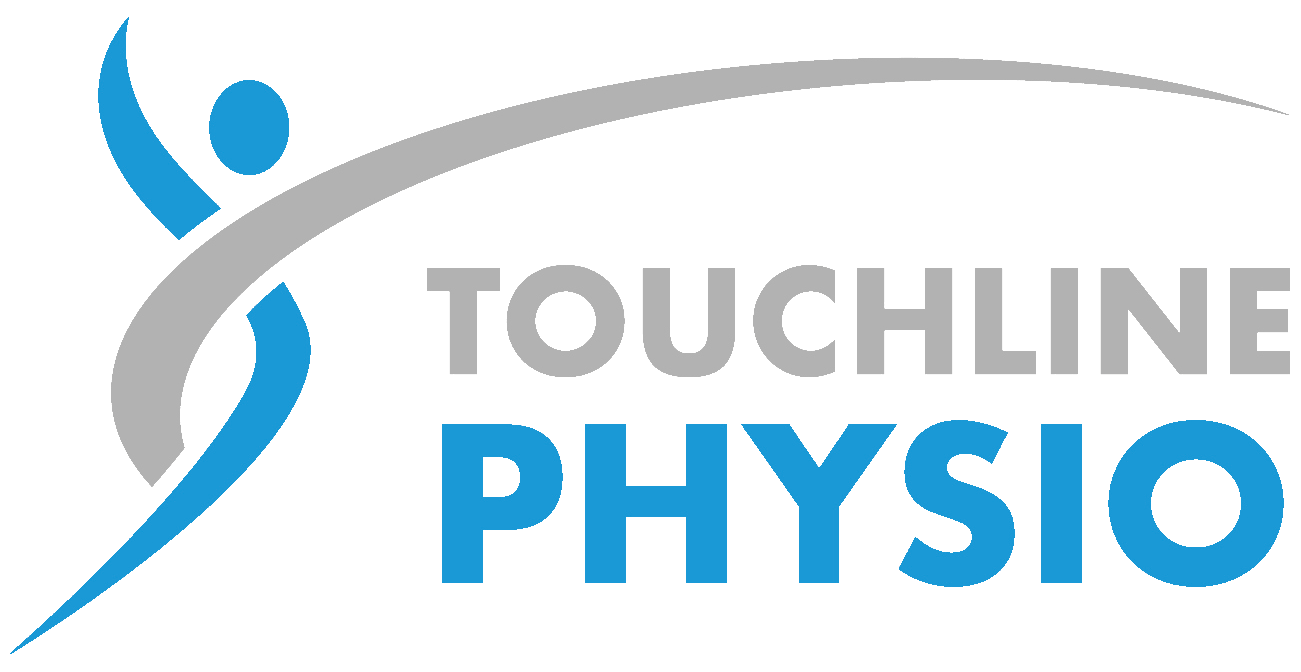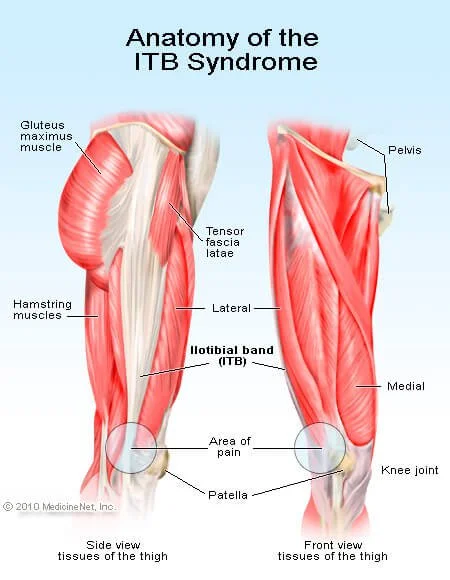Common running injuries
In this short article we are going to cover 3 of the main injuries sustained from running and how you can avoid them. 1. Runner ?s knee aka pat ella fem oral pain syndrom e. Is often described as pain underneath and surrounding the knee cap often exacerbated with descending stairs, running particularly downhill or squatting. This pain originates from inflammation from where the underside of the patella contacts with the femoral grove. See right.
This pain is normally caused by abnormal biomechanics, most commonly, tight or weak quadriceps, weak gluteal muscles, poor balance or an abnormal foot position. For many of these issues the best treatment is physiotherapy. Your physiotherapist will isolate the structures that are causing your pain and prescribe you an exercise programme to address any imbalances. Your therapist may also suggest some hands- on treatment such as joint mobilisations, ultrasound and tape to help. 1. Achilles t endinopat hy Achilles tendinopathy is an injury affecting the tendon that joins the calf muscle to your heel (calcaneus). It is the strongest tendon in the body and enables you to do activities like flexing your foot and walking on tip toes. It can become damaged from a specific injury, from overuse or can deteriorate over time. The first line of treatment for these conditions is physiotherapy. There is good evidence to suggest an eccentric loading programme can be beneficial. Other treatment such as stretching, ultrasound and sometimes orthotics can be beneficial.
ITB syndrome
The iliotibial band (ITB) is thick connective tissue that runs down the lateral thigh to the knee and is responsible for stabilising the knee joint. See below image for details.
The ITB is commonly injured when overused in runners, particularly when the heel first contacts the ground or on uneven surfaces. It is often described as pain running down the outside of the thigh from the hip to the knee. The iliotibial band often has to overwork if the gluteal muscles are weak, so a course of physiotherapy treatment to strengthen and stabilise the gluteal muscles is very important. Other treatments may include soft tissue release, ultrasound and possibly acupuncture. In the early stages rest and ice/heat are important. Avoid hard surfaces like running on concrete and good foot wear is vital. This condition can be very limiting and quick treatment enables faster rehabilitation. Surgery is rarely done but can be an option for those who develop chronic inflammation that fails to respond to conservative treatment.
If you feel you may have any of these conditions physiotherapy is always the first option for treatment and the sooner it is treated the better. Give us a call on 01959 561443 or email info@touchlinephysio.com and we can get a consultation arranged.



